Avalanche Safety
All posts
The Big Call: Conversations With Big Snow Mountain

Squinting against the morning sun, I stab my pole into the steep east face of Wild Goat Peak and break loose a small snowball that quickly grows to the size of a man’s torso. Gaining speed as it travels downhill, the snowball finally topples where the mountain’s pitch shallows out. The test confirms my suspicions: this face is ripe for a wet avalanche. Read more…
Daily Debrief

The last two years have been a challenge for us all. We have shared the emotional roller coaster of lockdowns, public land closures, and losses big and small. Yet, this crucible has also created space for self-reflection, realignment of values, and tremendous growth. Read more…
How To: Buy a Compass
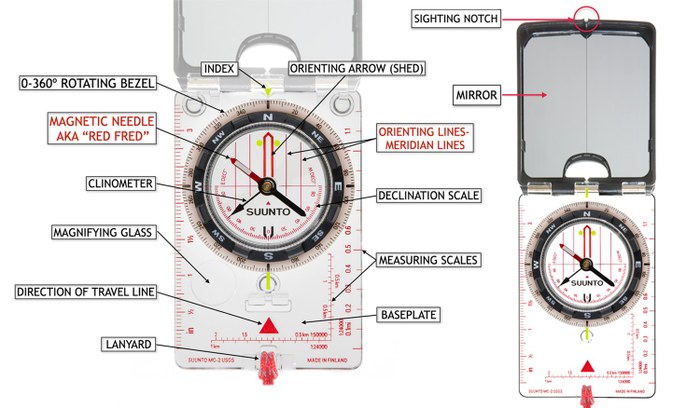
We get a lot of questions about compasses - and rightfully so! They're important. Follow these tips to select the compass that’s best for your needs. We suggest that you have this page handy for reference when you go the store to purchase a compass. Read more…
Finding Meaning in Tragedy: Creating the NIKO Foundation

It was a cold February night in 2018. Snowflakes pummeled the windshield as we drove down the empty highway, the darkness pierced only by our headlights. We were both silent on our way to Alpental at Snoqualmie Pass. Feelings of dread, horror, and hope flashed through my mind at lightning speed. I ran through every possible scenario as I tried to make sense of what might lie ahead. Read more…
Avalanche Safety | Making Safe Decisions in the Backcountry

The snow rushes past in a swift river of movement. The slough was kicked off by my turns above, and the loose powder is now flowing through a natural gully in the snow, no more than six inches wide. That’s not so bad. I think. It looks like a little creek; totally manageable. Without further hesitation, I turn my skis to cross the stream. Read more…
What Are The Ten Essentials?

The Mountaineers Ten Essentials™ dates back to our climbing courses of the 1930s. This widely respected safety and packing system was formalized in the third edition of Mountaineering: The Freedom of the Hills, released in 1974. Each of the nine editions of Freedom, as it is affectionately known, was written entirely by volunteers and reflects the collective wisdom of hundreds of outdoor skills instructors. The list has always sought to answer two basic questions: Read more…
Safety First | Which Way to Go in Snow: Winter Decision-Making

My friend Roger Rosenblatt and I had arranged to meet early one Saturday morning in April some years ago to go skiing in the Snoqualmie pass backcountry. Neither of us were especially good skiers, so our normal trips involved going up a logging road, and then branching off to find a lake or view rewarding ridge line. Read more…
More "Staying Alive in Avalanche Terrain" with Bruce Tremper
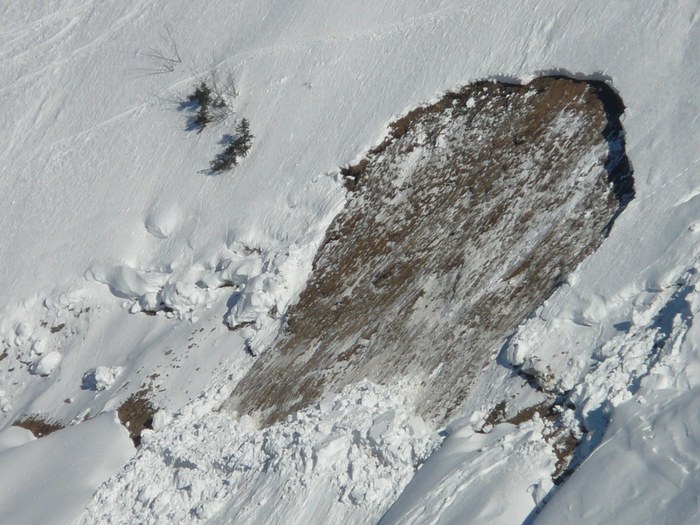
On January 21, 2019, Mountaineers Books hosted a free web cast with avalanche expert Bruce Tremper, alongside our friends from Black Diamond and Colorado Mountain Club. Our audience members had a lot (a lot!) of questions for Bruce, and some of them were tough! Though we were not able to get to all the questions in the allocated hour, we forwarded them to Bruce to answer. Here are his responses (answers edited for clarity): Read more…
Staying Alive in Avalanche Terrain: How I Discovered I Wasn't an Avalanche Expert

Bruce Tremper is the author of Staying Alive In Avalanche Terrain, which has just been published in the third edition. Staying Alive is the country's best-selling book on how to stay safe in avalanche country. Read more…
Outside Insight | A Life of Adventure Education: An interview with Ken Wylie
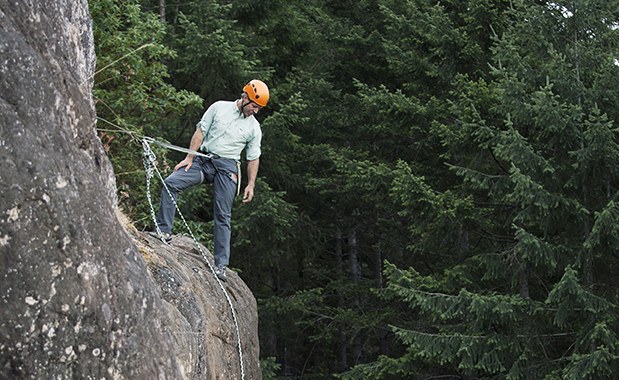
A massive avalanche buried thirteen climbers below La Traviata peak near Revelstoke, British Columbia in 2003, killing seven in its wake. It made international headlines. Ken Wylie was among those buried; he escaped with guilt weighing heavily on his conscience, as he was one of the mountain guides responsible for decision-making on that trip. Ken wrote a popular book titled, Buried, about his experience surviving that avalanche, and the soul-searching life lessons which ensued. I have been learning from Ken for almost twenty years - starting at Outward Bound, then at the Wilderness Risk Management Conference, and most recently as a speaker at our Mountaineers Leadership Conference in 2017, where he gave a profoundly moving presentation about leadership, loss, and the healing that comes from courageous vulnerability. I sat down with him to learn more from his experience. Read more…
Ten Commandments for Staying Alive in Avalanche Terrain

The trick to staying alive in avalanche terrain is to stay away from dangerous conditions. Here are Bruce Tremper's "10 Commandments of Low-Risk Travel". The following is excerpted from the new Staying Alive in Avalanche Terrain, 3rd Edition and has been edited for space. Read more…
Lessons Learned – Spring Avalanche on Colchuck NBC

With the recent stint of sun and warm spring conditions has come the annual cycle of wet avalanches in the Cascades. Mountaineers Sherrie Trecker and Nicole Cederblom were on a private climb and shared this close call with us. The two were roping up to begin an attempt on the North Buttress Couloir route on Colchuck Peak on May 24, 2018, when the lower half of their descent route was consumed in a massive wet avalanche. Read more…
Know Before You Go: Avalanche Danger

I feel this is an important topic, especially in light of all the recent avalanche tragedies. Right now, we're transitioning from winter to spring, and the changing weather can increase avalanche risks. Read more…
Risk Assessment with Josh Cole, North Cascades Mountain Guide

Josh and I first met when we worked together at the Northwest Outward Bound School, and I’ve always been struck by his creativity, analytical skills, approach to teaching, and sense of humor. Josh has a rare ability to champion and role-model the highest values and expectations as an outdoor educator/guide — one of many attributes that make him such an inspiring professional colleague. Read more…
A step Ahead of Avalanches
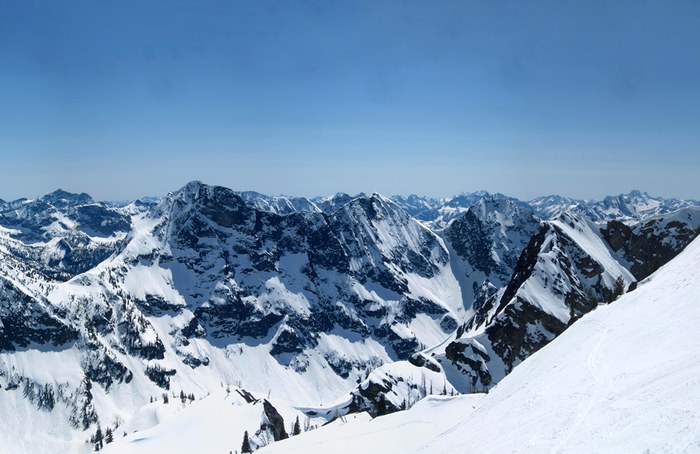
On December 29, 2002, a party of seven mountaineers were involved in an avalanche accident in Cement Basin near Crystal Mountain. While skiing, they triggered a slide that buried one and partially buried three. One person was killed and another sustained a broken leg. Read more…
Emergency Contacts: The Most Important People

Three years ago, my friend Loren died in a skiing accident. A huge February storm rolled through the Pacific Northwest, and a bunch of us took extra days off to go skiing. He and a friend were skiing Crystal in-bounds on a Wednesday when Loren fell into a tree well. He suffocated before he could be rescued. Read more…
Gear Review: Small Avalanche Beacons
My first avalanche transceiver was the original Ortovox S1, which sported 3 antennas, a slick grid search, and looked like a transponder from Star Trek. Considering flip phones were just on the way out and Myspace was still relevant it didn’t seem out of place. Read more…
How To: When To Put On Crampons

Crampons are an indispensable tool for any alpine mountaineer. But sometimes it's not so "cut-and-dry" as to when you should use them. Read more…
How to: Purchasing a stove
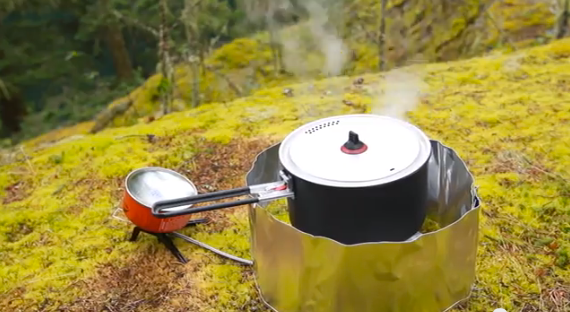
Purchasing a new stove can be a confusing process. There is a wide range of information on the web, and most manufacturers include a lot of different test numbers. It isn’t always clear what these numbers mean or how they’ll impact real-world performance. In this article I explain which numbers you need to know and which you don’t. Read more…
How To: Pick a Tent

Terry Breaux is what you would call an expert camper. He fell in love with the outdoors as a kid the first night he slept in a tent under the stars. He continues to pursue bikepacking expeditions today, always testing gear and seeking ways to create better shelters for outdoor users. He's been designing tents since 1989, and for the last nine years he's worked at MSR. Now he's spreading his tent knowledge with you. Read more…
How To: Glissade Safely

A group was recently out on Mt. Baker for an instructional session that was to be immediately followed by a climb of the mountain via the Easton Glacier. Read more…
How To: Crevasse Rescue
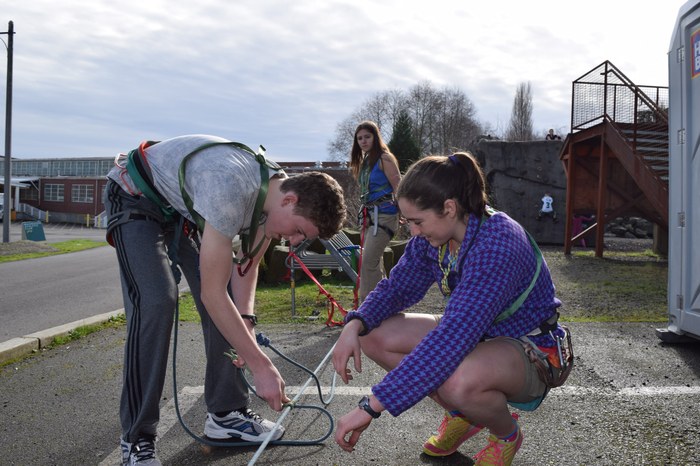
When a climber on your rope team yells "Falling!", drop in to self-arrest and stop the fall immediately! Once the fall is stopped, follow the following steps: Read more…
How To: Belaying - A Friction System
Belaying - a friction system
One of the first important safety skills a climber must learn is how to belay. Belaying is a way of managing the rope, using friction created by bends in the rope around a carabiner and either a hitch or belay device, so that should the climber fall, the rope, and you, will halt the fall, keeping the climber safe. Check out this video from Climbing Magazine which illustrates great belay technique.
How To: Belay Escape

If a climbing partner is seriously injured, and there are limited resources to get help, it may be necessary to tie off the climbing rope to remove yourself from the belay system, so you can investigate, help your partner, or go for help. Read more…
Bryan Helped Max Teach his 6th-Grade Class About Ski & Avalanche Safety!!!
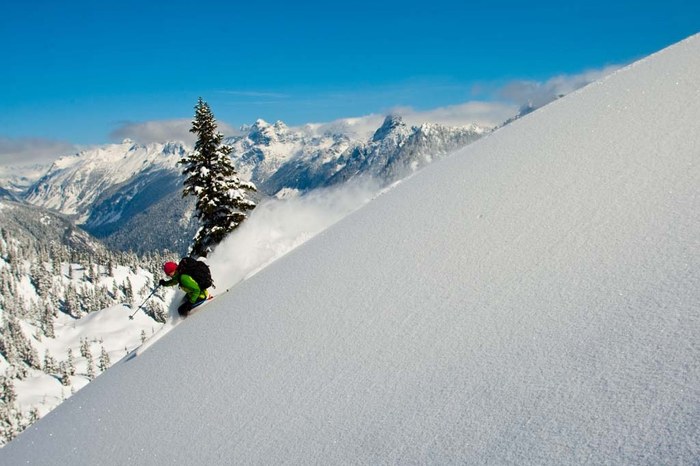
Max approached us with the following: Read more…
